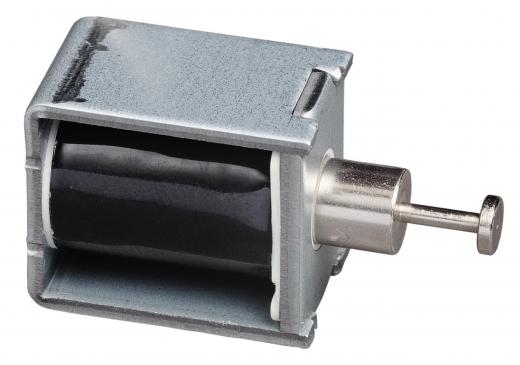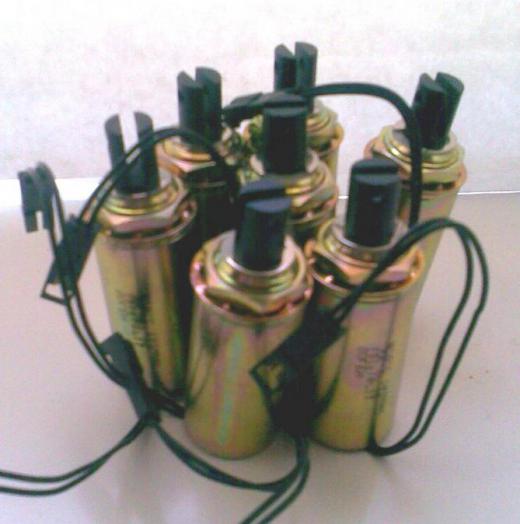What Is the Inductance of a Solenoid?
A solenoid is a wire, wound into a helix, that produces a magnetic field when an electric current is run through it, turning the coil into an electromagnet. The inductance of a solenoid is its capacity to resist changes in the flow of electric current, based upon the strength of the magnetic field that the current creates. It is like the electrical equivalent of the inertia present in physical objects and is also a way to express the amount of energy stored in the magnetic field generated by a solenoid. It is dependent upon a number of variables and is expressed in the International System (SI) unit, the Henry (H), which is equivalent to 1 weber per ampere (1 Wb/A).
The size and shape of the solenoid are the primary factors which affect inductance, but the material is also a consideration. Inductance is calculated by means of fairly complex equations, but the factors which affect it are fairly easy to understand and have to do with the physical properties of the solenoid and how the wire is wound. Essentially, the denser the coil and the more turns are present, the higher the inductance of the solenoid.

Four factors influence the inductance of a solenoid. Each of these factors, taken alone, assumes that all other possible variables are constant. That is to say, each is examined as a separate case for how they affect inductance. The first factor is the number of loops, or wraps of the coil, which increases the inductance as the number of loops increases.

The inductance of a solenoid is also affected by diameter of the solenoid itself. The larger the diameter, the higher the inductance. This is expressed as the area of the cross section of the solenoid. If the coil is assumed to be a cylinder, it is the area of the circle forming either end of the cylinder. Inductance increases as the area of the circle increases.
Coil length also affects the inductance of a solenoid. All other factors remaining unchanged, lengthening or stretching the coil reduces inductance. Shortening or compressing the coil causes an increase in inductance.
The addition of a core material to a solenoid can greatly affect its inductance. A core is sometimes added to a solenoid for any of a number of reasons, and the addition of a core material can affect inductance in either direction, depending on a property called permeability, which is a measure of how well a material distributes electric current. This is not the same as resistance, which is a measure of how well a material allows a current to flow through it. Inductance of a solenoid is directly influenced by permeability and a core with a higher permeability will result in increased inductance as opposed to a core with lower permeability.
AS FEATURED ON:
AS FEATURED ON:












Discuss this Article
Post your comments